This week, we were asked to consider this quote, which compares the evolution of the web to the evolution of education:
“The web influences people’s way of thinking, doing and being, and people influence the development and content of the web. The evolution of the web from Web 1.0 to Web 2.0 and now to Web 3.0 can be used as a metaphor of how education should also be evolving, as a movement from Education 1.0 toward that of Education 3.0. The Web, Internet, Social Media, and the evolving, emerging technologies have created a perfect storm or convergence of resources, tools, open and free information access.”
Jackie Gerstein, Moving from Education 1.0 Through Education 2.0 Towards Education 3.0
Evolution of the Web
So what are the differences between Web 1.0, 2.0, and 3.0? Here are some of the key differences:
- Web 1.0 – the read-only web, a content delivery network with static pages (ex: email, web directories, online catalogues)
- Web 2.0 – the read-write web, emphasis on user-generated content, participation and interaction (ex: Wikipedia, blogging, podcasting, social media)
- Web 3.0 – the read-write-execute web, data is shared instead of owned, increased connectivity/ubiquity, 3D design (ex: Siri, Wolfram Alpha, semantic search engines)

Evolution of Education
Gerstein states that the evolution of the web is a metaphor for how education should be evolving but acknowledges that “Many educators are doing Education 1.0 and talking about doing Education 2.0, when they should be planning and implementing Education 3.0.” So what does she mean by Education 1.0, 2.0, and 3.0? Here is a summary I created on Canva:
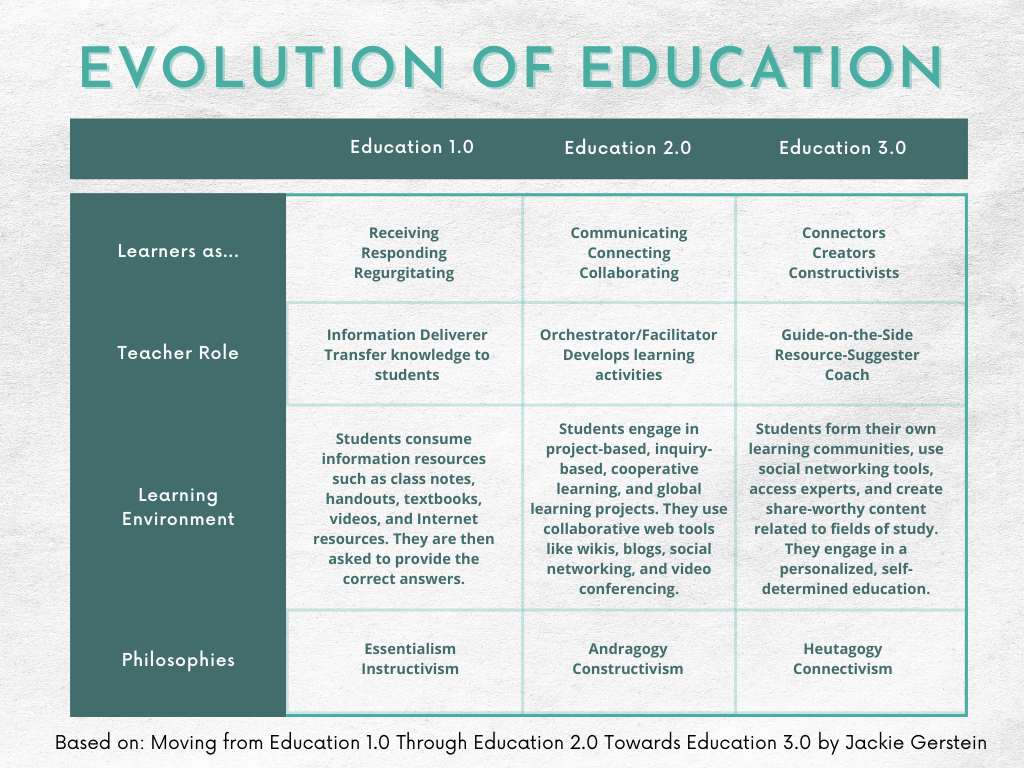
Gerstein explains that teacher mindset is one of the biggest barriers to implementing an Education 3.0 approach (at least some of the time). She calls for a shift from fixed mindsets to growth mindsets by “focusing on what can work rather than what is not working” and an increase in teacher agency to advocate for change.
Impacts of Web 3.0 on Education
I feel like I’m still wrapping my brain around the potential impacts of Web 3.0 and the movement towards Education 3.0. There are many educators who are just starting to move into Education 2.0 and using more constructivist approaches like project- and inquiry-based learning. We can’t jump from Education 1.0 straight to Education 3.0 since Education 2.0 approaches provide the building blocks necessary for Education 3.0. Maybe we should be working towards a mixture of Education 2.0 and Education 3.0 approaches.
But, thinking of the potential impacts of Web 3.0 on education…
- Students dive deeper into their individual interests and passions at school
- Students develop their own PLNs and connect with experts in their fields of interest
- Students create content on a variety of platforms to share their learning and teach others
- Teachers and students co-construct learning contracts to identify what they will learn, how they will learn it, and how it will be assessed
- Students design their own assessments or create them in collaboration with peers
- Teachers model and share strategies for developing a PLN and using social media for learning
- Easier to access marginalized voices and hear from a variety of perspectives
- Less emphasis on knowing stuff and more emphasis on developing the skills to find information, compare/contrast ideas, connect with knowledgeable people
- More decentralization of education and democratization of knowledge
With all of this great potential comes many questions and things to consider. Daniel asks some important questions in his post:
Now interest based learning is a wonderful concept, but the implementation is something that demands attention. Even if you get all teachers on-board or if you force them and even if you have enough access to technology where students are able to access learning, how do you develop curriculum that is purely self-guided? How do educators assess outcomes related to freedom of topical selection and inquiry based methods? From a financial position: how do you assess reading levels and funding decisions if there is no single uniform curriculum? How do those outcomes correlate to postsecondary prerequisites?
Daniel Odenaal, Week 3.1: The internet evolves, so too does the teacher
In his post, Mike discusses the privacy concerns with Web 3.0 providing content based on a user’s previous web browsing history and the dangers of the Internet feedback loop – or echo chamber, filter bubble, or whatever else you want to call the way recommendation algorithms separate users into filter bubbles or ideological echo chambers where differing viewpoints are discarded.
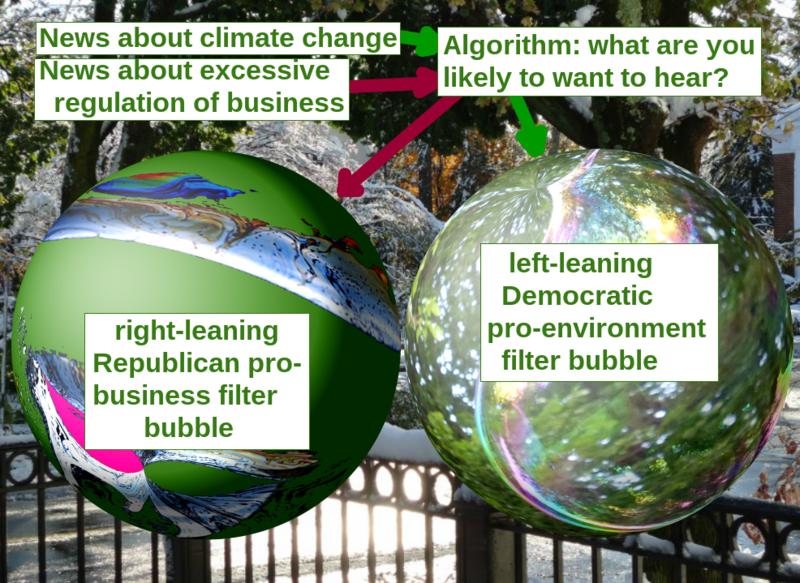
Who is Privileged/Disadvantaged by the Shift to Web 3.0 and Education 3.0?
Privileged
- Those with access to reliable Internet and technology at home
- Students who have used social media for learning before
- Students who have experience with content creation
- Teachers who have a professional online presence and have developed a PLN
- Teachers who have experience with social media, blogging, and content creation
- Schools or classrooms with one-to-one devices available for students
Disadvantaged
- Those with lack of access to reliable Internet and/or technology at home (rural/remote communities, socio-economic inequities)
- Communities with cultural or religious prohibitions against technology
- Those who are concerned about privacy and data usage/storage
- Older teachers who are not as comfortable with educational technology
- Teachers who don’t use social media and/or don’t have a PLN (if you haven’t gone through the process of developing your own PLN, it might be hard to model this for students)
- Students who thrive in collaborative group settings rather than independent learning
- Students who need more structure/support
There are a lot of factors to consider as the web and education continue to evolve. What are your concerns with the impacts of Web 3.0 on education? Are you excited about the possibilities of Education 3.0 or cautious about the potential trade-offs? Do you think we should be working towards a complete Education 3.0 approach, or do you think a combination of Education 2.0 and 3.0 is the way to go? Thanks for reading!

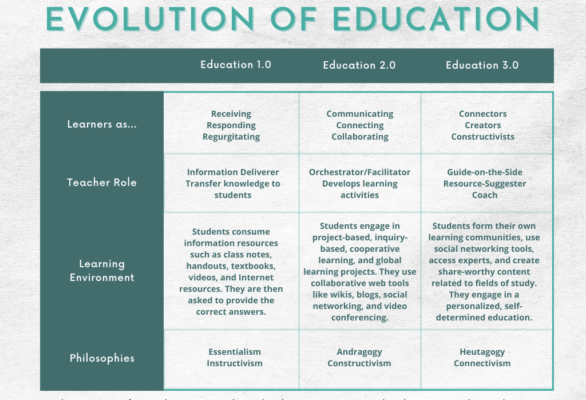
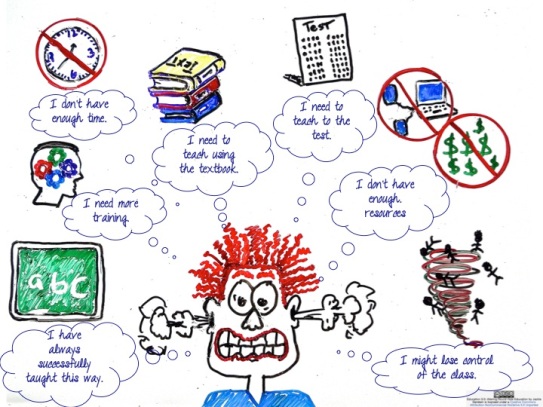
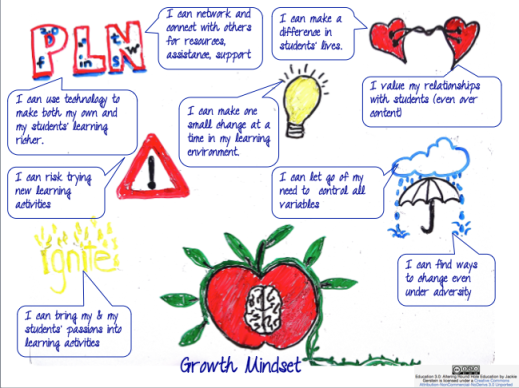
Thanks for referencing me! I’m exited for some aspects of Web 3.0, I just don’t know how that fits with our current education system and assessment practices. When everything is tied to numerical grade and prescribes outcomes and indicators, we have some flexibility as teachers to incorporate Web 3.0 tools, but I don’t think it’ll be nearly as transformative as it is on paper.
I really appreciated the two tables you included at the beginning of your post. They are easy to read, and it makes comparing the three Webs a lot less difficult. I also wonder how Web 3.0 will work in classrooms. Like I commented on Josie’s post, I think Web 3.0 can really work in post-secondary or even some secondary situtions, although, I highly doubt that many of the aspects of Web 3.0 would work in the middle grades for a variety of reasons. 1) Like Mike said, the model doesn’t align with current assessment guidelines and curricular outcomes that have been mandated for us to use. 2) This model highly depends on self-directed learners, something that not a ton of middle schoolers have (yet) as they haven’t had a lot of time to practice, experiment, or learn in this way. 3) Motivation and determination are two factors that support self-directed learning, and in my experience, this is something that not many middle schoolers have yet. So it’s interesting. I think there are many qualities that I am excited about, although I am not sure that it could be fully implemented in the middle grades with our current curricular criteria that have been mandated for us to use.
Thanks for your comments, Mike and Kelly! Glad the tables were helpful – I needed them to wrap my head around the comparisons and see the key points at a glance haha. Yes, there are definitely some barriers so it would require a systemic change to make the shift to Education 3.0 possible. I agree that it would be challenging for middle years students at first. I think you would need to introduce it in small chunks so they can get used to the freedom and practice the necessary skills – for example, one self-directed learning project per semester. And they would still need lots of structure/scaffolding built into the process. I also wonder if developing the “maker mindset” that Katia talked about yesterday would help students start building these skills at a younger age.